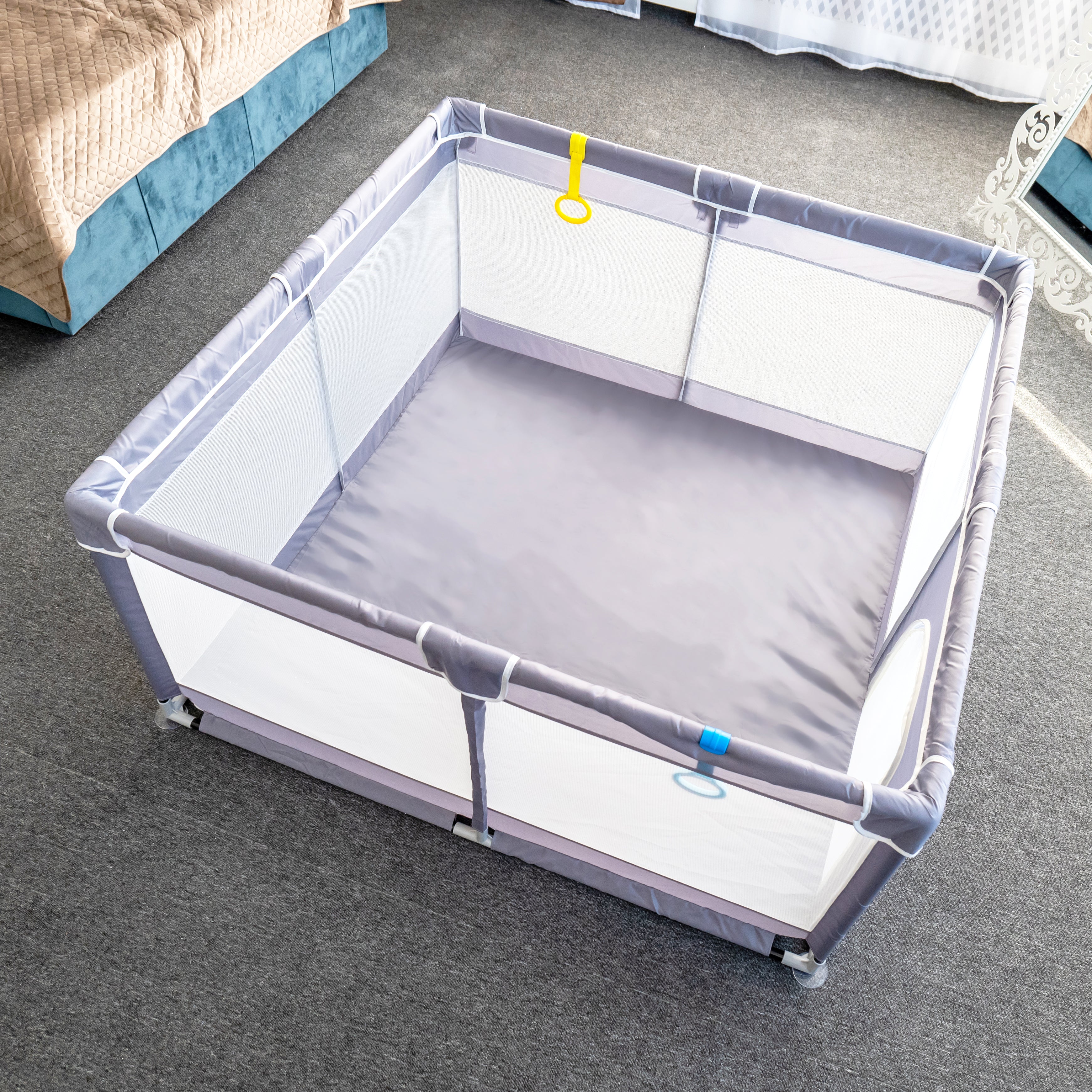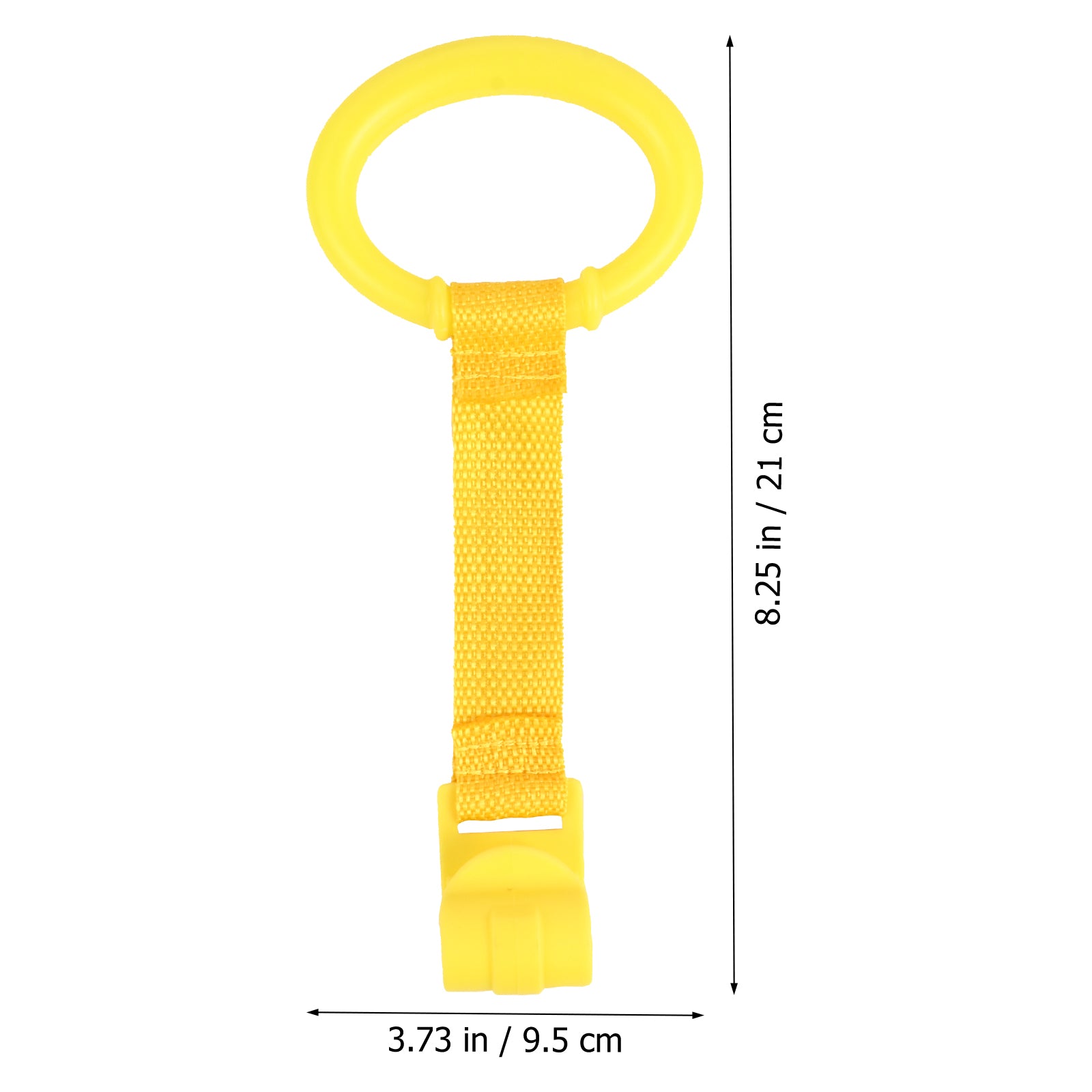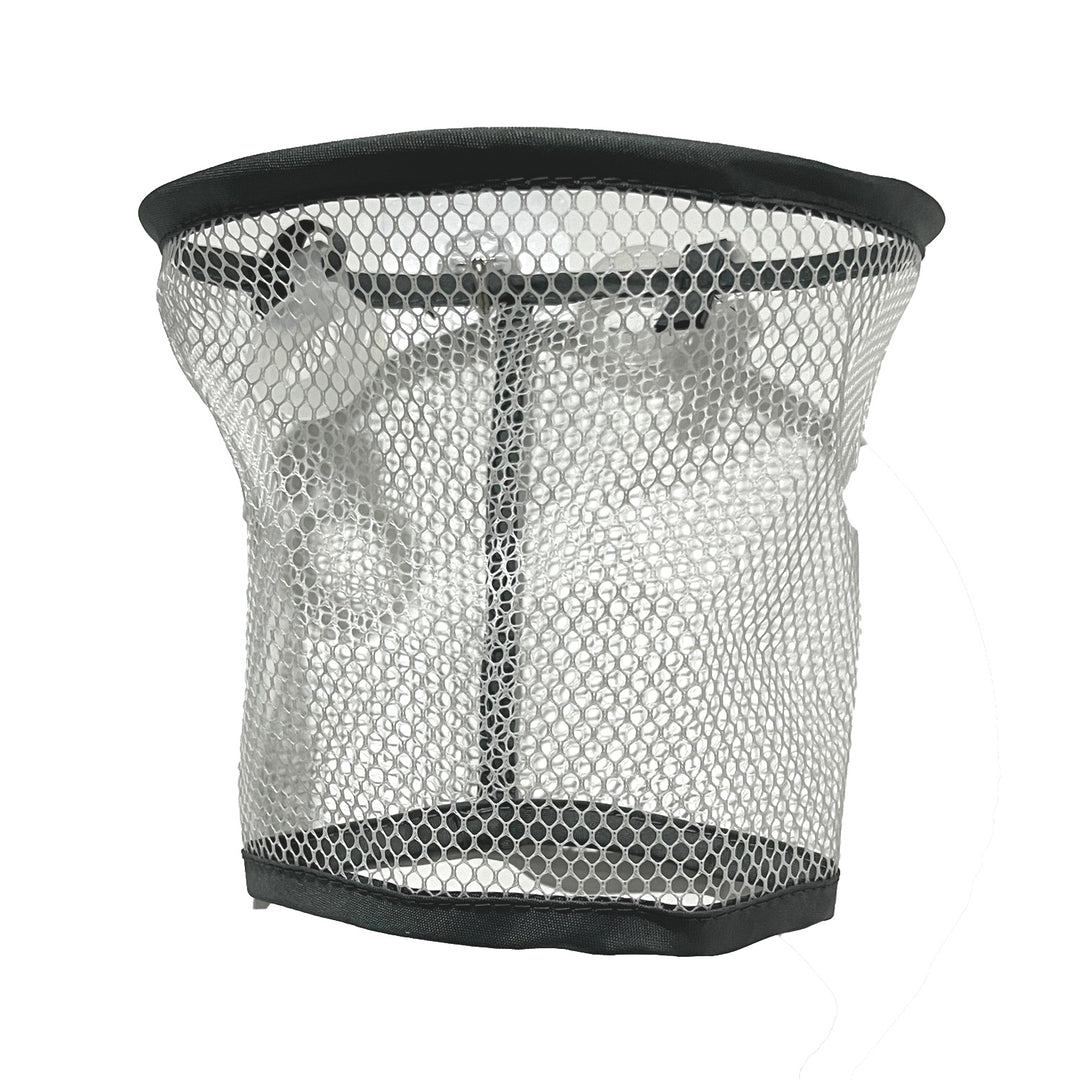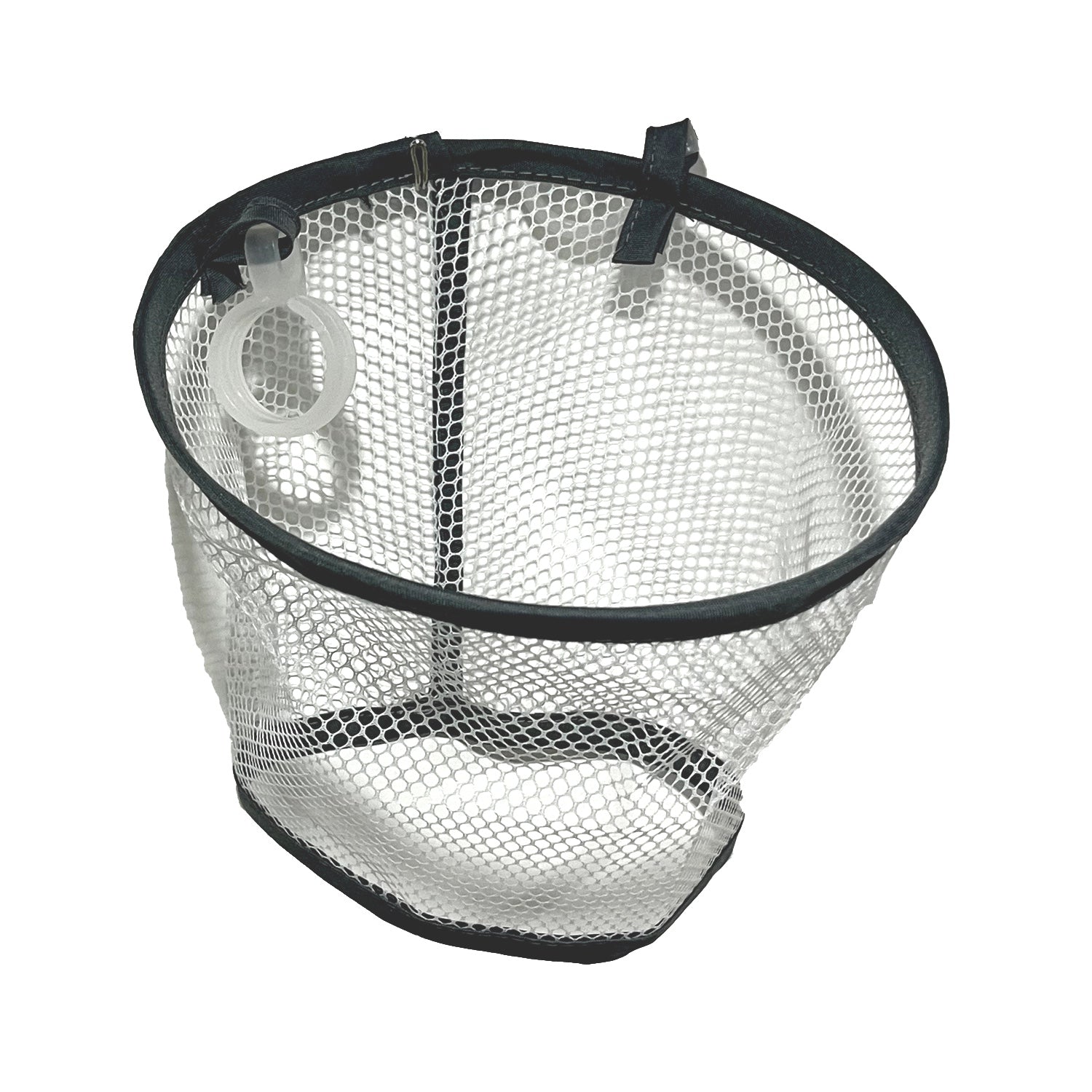Understanding Infant Jaundice – Effective Treatment Procedures

Infant jaundice is a common medical condition that affects newborns. It occurs when there is an excessive buildup of bilirubin in the bloodstream, a substance produced by the liver that gives the yellowish color of the skin and eyes. Although the condition is relatively harmless, it can cause severe complications if left untreated. As a healthcare specialist, it is crucial to understand the best ways to handle infant jaundice, starting with these steps:
1. Identify the Risk Factors: Several factors can increase a baby's risk of developing jaundice, including premature birth, breastfeeding difficulties, and blood type incompatibility between mother and child. Understanding these risk factors is the first step in identifying and treating symptoms.
2. Monitor Bilirubin Levels: Measuring serum bilirubin levels is the most effective way to diagnose and monitor infant jaundice. Healthcare providers need to ensure timely examination to help detect and treat jaundice before complications can arise.
3. Determine the Best Treatment Option: There are several effective treatment options available, depending on the severity of the condition, the underlying cause, and the baby's age. The most common treatments include phototherapy (light therapy) and intravenous immunoglobulin (IVIG).
Phototherapy uses a specific spectrum of light to break down bilirubin into a substance that the body can dispose of easily. A study published in the Journal of Clinical and Diagnostic Research found that phototherapy was successful in reducing bilirubin levels, with an average reduction of 50% after 24 hours, demonstrating its effectiveness in treating infant jaundice.
Intravenous immunoglobulin (IVIG) is used to treat more severe cases of jaundice. IVIG is a type of blood product that contains antibodies that reduce the levels of bilirubin in the bloodstream. A study published in the Journal of Perinatology found that IVIG was effective in treating isoimmune hemolytic jaundice, a severe form of the condition.
In conclusion, understanding the risk factors of infant jaundice, monitoring serum bilirubin levels, and employing the best treatment option are crucial steps in ensuring effective management of the condition. Using data-supported strategies to prevent and treat infant jaundice will help to reduce the risk of severe complications and promote healthy development in newborns.


























































































































































































































Leave a comment